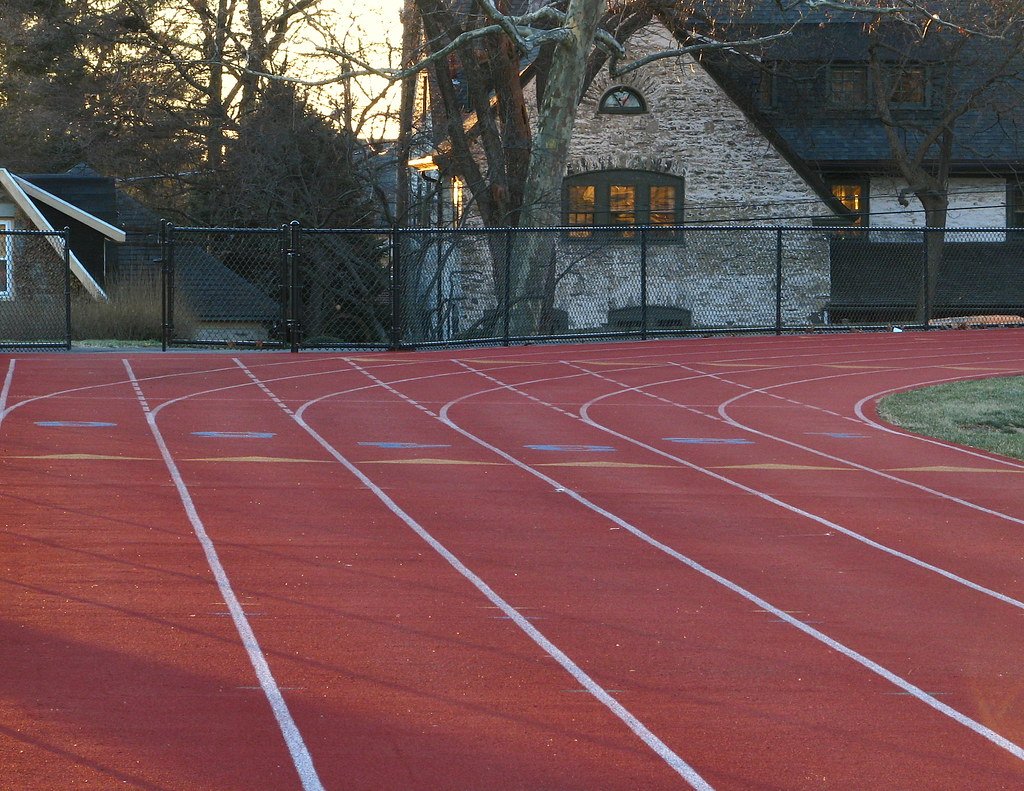Part 2 – Climate Conversations: Find Your Lane & Voice

Find Your Lane – That’s Where You Start
- You want to understand what’s happening and figure out your role.
- You’re interested in connecting with others by leading discussions about climate change.
This project is for that moment. The moment when you’re ready to learn, reflect, and prepare to act—on your own terms.
Step 1: Define Your Climate Lens
Start by asking: What part of this work speaks to me?
Climate action isn’t one thing—it’s a whole ecosystem of approaches.
A few common entry points:
- Adaptation – How we live with what’s coming
- Mitigation – How we reduce what’s causing it
- Resilience – How we prepare our communities
- Justice – Who’s impacted, who decides, who benefits
You don’t need to pick a “forever focus.” Just note what catches your interest. That’s your first signal.
Step 2: Build Your Climate Literacy Kit
This is a project in itself: learning enough to ask better questions, recognize real solutions, and feel grounded when you speak.
Here are a few solid free courses to start with. You don’t need to finish all of them. Skim through them, and save what’s useful.
| Course | Platform | Why It’s Useful |
| Climate Change Communication | edX | Learn how to talk without turning people off |
| Communicating Climate Change for Effective Climate Action | University of Glasgow | Develop your climate communication skills as you learn the techniques to empower people to take climate action. |
| 2025 Climate Communications Handbook | Local Governments for Sustainability | Climate Communications then and now. This is the handbook to the course. |
| UNDESA Stakeholder Engagement MOOC | UN | A practical guide to inclusive climate projects |
| Nature & Climate: Communication That Inspires Action | WildHub | A fresh take on behavior change and storytelling |
Step 3: Map the Local Landscape
Climate action isn’t abstract. It happens somewhere. That somewhere is your town, your province or your region.
Start a simple local research map:
- Who’s already working on climate locally?
- What groups are doing outreach, mutual aid, or education?
- Who represents you municipally, provincially, federally?
- What local risks are rising—fire, flooding, extreme heat?
- Are there rebates, zoning updates, or public input sessions?
You’re not expected to know everything. You’re just building a picture. A climate lens of your backyard.
Step 4: Set Up a Message Bank
It’s easier to speak up when you’ve already thought about what to say. Start a toolkit. On your phone, in a notebook, wherever works.
Include:
- A couple of clear, emotional climate stats
- Two local stories or examples that moved you
- A 2–3 sentence version of why you care
- A few phrases you can reuse in emails or conversations
This is your “grab and go” set when the moment comes. And it will.
Step 5: Find or Build a Learning Circle
This one can be as formal or informal as you like. The point is: we learn better together.
Ideas:
- A climate book club with one friend or a local library
- A group chat where you swap resources and thoughts
- A monthly “climate lunch & learn” with neighbours or coworkers
- A family viewing night with a documentary and popcorn
- A few postcards and a pot of coffee at the kitchen table
Don’t wait for an invitation. Be the person who nudges something into existence.
The Finish Line: Being Ready Enough
You’re not preparing to become an expert. You’re preparing to act.
That might mean:
- Writing a thoughtful letter
- Offering a helpful idea at a community meeting
- Asking a good question at a town hall
- Connecting someone to a resource
- Recognizing the difference between a real solution and greenwash
Your Next Step
Pick one:
- Sign up for a course
- Write down your climate lens
- Send a course link to a friend
- Visit your local town or MLA website and see what’s up
- Say out loud: “I’m figuring out where I fit. I’ve started.”
